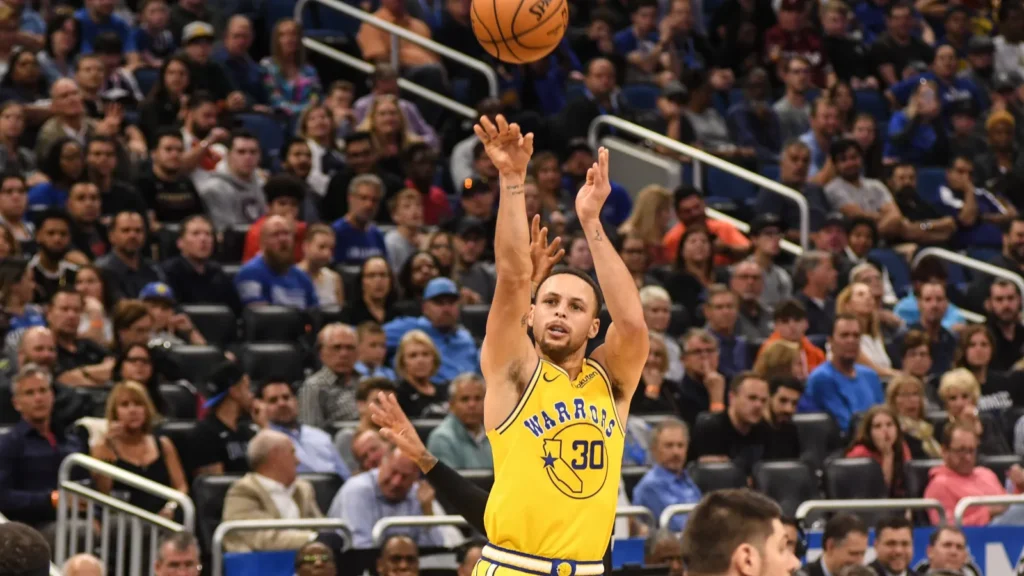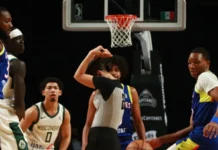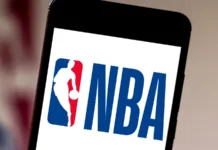
Mid-season trades in the NBA are more than just business moves.
When one or more star players switch teams during the season, it can dramatically reshape how teams play, practice, and plan for the future. These trades can bring fresh energy or create tension, depending on how well the new players fit in.
They influence not only the on-court performance but also locker room dynamics, coaching strategies, and long-term roster planning. In this article, we explore how mid-season trades affect team chemistry, strategy, and long-term goals, using recent NBA examples to illustrate the impact and provide a comprehensive view of the benefits and risks involved.
Big Impact on Team Chemistry

New Leaders and Roles
When a star player joins a team mid-season, they often assume a leadership role immediately. For example, Luka Dončić was traded from the Dallas Mavericks to the Los Angeles Lakers in February 2025 in a three-team deal. For the Lakers, Dončić brought elite playmaking and the ability to take over games, which allowed other players to thrive and opened up new offensive possibilities.
Meanwhile, the Mavericks received Anthony Davis, who strengthened their defense, rebounding, and rim protection, forcing the team to adapt and redefine their playing style. Both teams had to adjust roles, establish trust with new teammates, and adapt to different leadership styles, which is a critical factor in how quickly a trade pays off on the court.
Energy, Experience, and Attitude
Mid-season trades often bring not just skill but also attitude and experience. When the Golden State Warriors acquired Jimmy Butler in February 2025, they gained a player known for toughness, leadership, and a competitive mindset. Butler’s presence influenced team dynamics, boosting confidence and helping younger players understand the mental and emotional demands of winning at a high level.
While talent is critical, attitude can be just as transformative. A veteran like Butler provides guidance during tight games, helps manage pressure, and sets an example of professionalism that can elevate the entire roster.

Locker Room Fit and Culture
Bringing a high-profile player into an established locker room mid-season is a delicate process. Players must adjust to new routines, habits, and the culture of their new team. Some teammates may feel threatened about their roles or playing time, while others may embrace the challenge and opportunity to learn from a seasoned veteran.
Coaches play a pivotal role in managing this integration, communicating clearly about roles, and ensuring that team culture is maintained. Successful trades often depend as much on interpersonal fit and chemistry as they do on on-court skill.
Strategic Shift in Game Plans
Tactical Adjustments
Mid-season trades require coaches to rethink tactics and strategies. Adding Dončić gave the Lakers a dynamic playmaker capable of running the offense and creating opportunities for teammates. In contrast, the Mavericks relied on Anthony Davis to bolster their interior defense and dominate the paint.
For the Warriors, Butler’s arrival created more flexibility in how they approached both offense and defense. Coaches had to tweak half-court sets, transition plays, and defensive schemes to make the most of the new roster. These adjustments take time and practice, but they are critical to converting a trade into immediate performance gains.
Momentum and Performance
Trades can significantly influence a team’s momentum and short-term performance. Butler’s addition to the Warriors led to measurable improvements in team metrics, such as free throw attempts, shooting efficiency, and defensive effectiveness. Similarly, Dončić’s early games with the Lakers demonstrated his immediate impact, including standout performances that contributed to wins.
Beyond stats, these trades affect confidence, energy, and the psychological mindset of players, which can carry into consecutive games and playoff scenarios. Teams that adapt quickly can ride this momentum to improved standings and a stronger playoff position.
Future Planning
Mid-season trades are not just about immediate impact; they reflect a team’s long-term strategy. The Mavericks’ trade was designed to enhance their defensive identity and overall team balance. The Warriors signaled a commitment to their championship window by acquiring Butler alongside Curry and Draymond Green.
These trades send messages to players, fans, and other teams about a franchise’s goals, whether it’s to contend immediately or build a foundation for the future. Strategic roster moves like this influence salary cap decisions, draft planning, and the development of younger talent.

Risk and Reward
Rewards
Immediate Impact: Star players can quickly elevate a team from mediocrity to competitiveness. Their skills, leadership, and experience provide both tangible and intangible benefits that can change a team’s trajectory.
Fan Excitement: High-profile trades energize fans, generate media attention, and increase engagement. Ticket sales often rise as supporters get excited about new possibilities and hopeful playoff runs.
Strategic Leverage: Mid-season trades give teams the ability to adjust their rosters for playoff pushes, retool around key players, or create flexibility for future moves. They can also signal intent to attract additional talent.
Risks
Chemistry Issues: If the new player does not integrate well, it can disrupt team cohesion. Misalignment in personality, style, or expectations can harm morale.
Injuries: Acquiring a player carries the risk that they could get injured, reducing the expected value of the trade and leaving the team with limited return.
Long-Term Costs: To acquire a star, teams often trade young talent or draft picks. If the trade does not succeed, this can set back a franchise for years.
Contract Risks: Veteran contracts can become burdensome if performance declines or injuries limit availability, impacting future financial flexibility.
Frequently Asked Questions
Why do teams trade big players mid-season instead of the offseason?
Teams make mid-season trades to quickly improve performance, respond to underperformance, or capitalize on playoff opportunities. These trades also send a signal that management is committed to winning immediately rather than delaying plans.
How do mid-season trades affect team morale?
Morale can improve if the trade brings in a respected, high-character player who fits the team culture. Conversely, morale can decline if the new player disrupts established roles or if beloved teammates are traded away.
Do mid-season trades always improve performance?
No, success depends on how well the player fits the team system, stays healthy, and gels with teammates. Some trades lead to significant improvement, while others have little impact or even negative effects.
What makes a mid-season trade successful?
A trade is often judged successful if the team’s standings improve, the player contributes meaningfully in scoring, defense, or leadership, and the team’s overall cohesion and performance benefit from the addition.
Can a mid-season trade hurt a team’s long-term future?
Yes. Giving up young talent, draft picks, or salary flexibility can create setbacks if the new player does not perform as expected or if injuries occur, impacting the team’s ability to build for the future.
Conclusion
- Mid-season trades can dramatically shift team direction in real time.
- Star players influence strategy, locker room energy, and long-term goals.
- Successful trades boost performance, confidence, and playoff potential.
- Risks include chemistry disruption, injury, lost future assets, and contract burdens.
- Trades like Dončić to the Lakers and Butler to the Warriors illustrate how impactful mid-season moves can be.
- When executed well, trades provide major payoff both on and off the court, shaping the team’s identity and competitive outlook for years.
Read More:
- The Greatest Duos in NBA History
- How NBA All-Star Weekend Became a Cultural Phenomenon
- How Street Basketball Influenced NBA Culture
This article was made with AI assistance and human editing.



